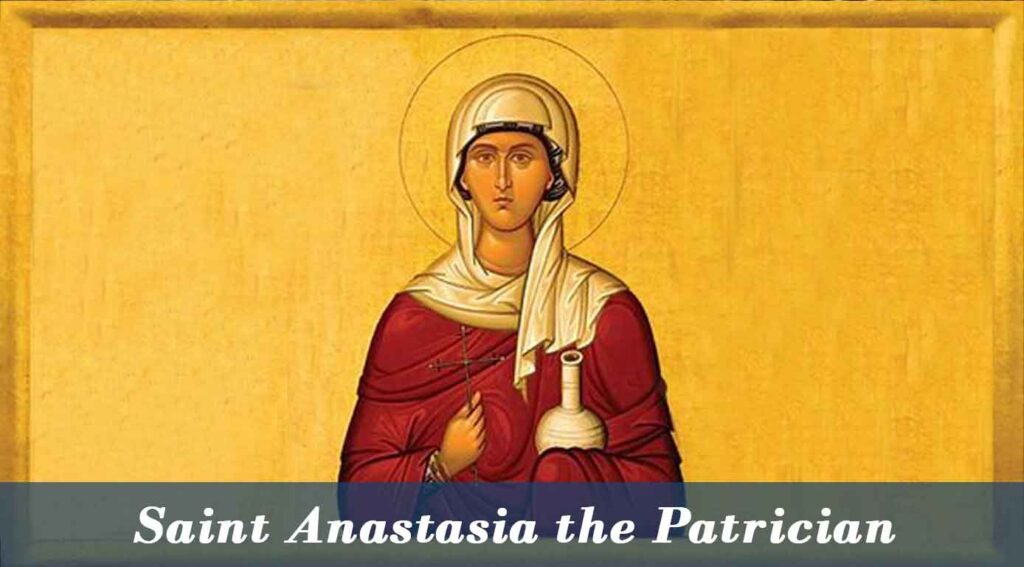Saint Pega is a Christian saint who was an anchoress in the ancient Anglo-Saxon kingdom of Mercia, and the sister of St Guthlac. She is referred to as ‘the holy virgin of Christ Pega’.
She lived as an anchoress at what is now Peakirk (“Pega’s church”) near Peterborough, not far from Guthlac’s hermitage at Crowland. When Guthlac realised that his end was near in 714, he summoned Pega, who travelled by boat to her brother’s oratory to bury him. One year later, she presided over the translation of his remains into a new sepulchre, when his body was found to be incorrupt. At this time, Pega also used a piece of glutinous salt, which had been previously consecrated by Guthlac, to cure the eyesight of a blind man who had travelled to Crowland from Wisbech.
Pega went on pilgrimage to Rome after Guthlac’s death and died there on 8 January 719, according to a 12th-century account by Orderic Vitalis. Orderic claims that her remains were kept at a church built in Rome in her honour, and that miracles took place there.
Sources:
Bertram Colgrave. Cambridge [Cambridgeshire]: Cambridge University Press. pp. 161–163. ISBN 0-521-30926-3. OCLC 12262183.
Saints' lives. David Townsend. Cambridge, Massachusetts. ISBN 978-0-674-05128-7. OCLC 856879271.
Ingulf; Peter, of Blois; Riley, Henry T. (1854). Ingulph's chronicle of the abbey of Croyland with the continuations by Peter of Blois and anonymous writers. University of California. London, H. G. Bohn.
Vitalis, Orderic (1990). The Ecclesiastical History of Orderic Vitalis. Marjorie Chibnall. Oxford: Clarendon Press. ISBN 0-19-822243-2. OCLC 21520544.
https://en.wikipedia.org/wiki/Pega








